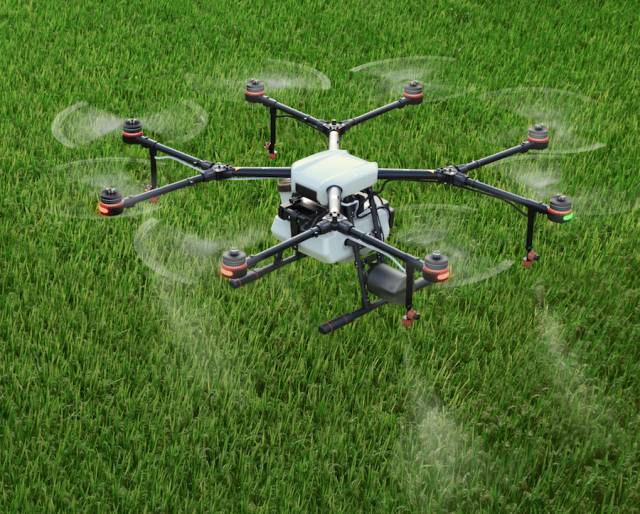Comment évaluer la santé de la batterie de votre drone agricole
10/13/2025

Pour les professionnels agricoles s’appuyant sur la technologie des drones, maintenir la santé de la batterie n’est pas seulement une question de performances : il s’agit également de protéger votre investissement et d’assurer le succès opérationnel. Une batterie bien entretenue offre une couverture de pulvérisation constante, empêche les arrêts à mi-parcours, et maximise l'efficacité chimique. Voici comment évaluer l’état de la batterie de votre drone agricole grâce à des tests pratiques., méthodes testées sur le terrain.
L’inspection visuelle passe avant tout
Commencez par ce que vous pouvez voir et ressentir. Examinez les piles pour:
-
Gonflement: Tout renflement ou déformation indique des dommages cellulaires internes
-
Corrosion: Vérifiez les connecteurs pour déceler toute oxydation ou décoloration qui perturberait le flux d'énergie.
-
Intégrité du boîtier: Rechercher des fissures ou des dommages aux joints pouvant entraîner des courts-circuits
-
Poids & Son: Comparez le poids avec les nouvelles unités; écoutez les bruits de liquide suggérant une fuite
Surveillez ces paramètres électriques clés
-
Équilibre de tension: Mesurez les tensions des cellules individuelles lorsqu'elles sont complètement chargées. Des différences dépassant 0,05 V signalent des déséquilibres
-
Résistance interne: Utilisez un testeur dédié ou surveillez les températures de charge. Les lectures de résistance supérieures à 30 mΩ après une utilisation importante indiquent un vieillissement
-
Capacité réelle: Calculez la capacité réelle en chronométrant les opérations standard depuis la charge complète jusqu'à l'avertissement de faible puissance.. Comparez avec les spécifications originales
Tirer parti des données intégrées & Alertes
Les systèmes modernes suivent des mesures cruciales:
-
Inventaires cycliques: La plupart des batteries agricoles maintiennent des performances optimales grâce à 200-300 cycles complets
-
Modèles de tension: Surveillez les chutes de tension soudaines pendant le fonctionnement, un indicateur clé de la dégradation cellulaire
-
Avertissements système: Recevez des alertes répétées sur la température, tension, ou les évaluations de santé au sérieux
Effectuer des tests de performances réguliers
-
Durée du vol: Comparez les temps de survol actuels avec les spécifications d'origine dans des conditions contrôlées
-
Réponse en puissance: Notez si votre drone nécessite des positions de papillon plus élevées pour maintenir l'altitude avec des charges standard.
-
Comportement de charge: Surveillez les temps de charge prolongés ou la génération de chaleur excessive
Options d'évaluation professionnelle
En cas de doute, utiliser:
-
Outils de diagnostic: Chargeurs d'équilibre et gestionnaires de batterie qui génèrent des rapports de performances détaillés
-
Tests du fabricant: Unités de retour pour évaluation professionnelle et analyse certifiée
Pratiques de maintenance qui prolongent la durée de vie
-
Eviter une décharge complète; recharger en arrivant 20% capacité
-
Maintenir des températures entre 5 et 40 °C pendant la charge et le fonctionnement
-
Effectuer une facturation du solde mensuel pour corriger les écarts de cellules
-
Conserver à 40-60% niveau de charge, rafraîchissement tous les trois mois
Prendre des décisions de remplacement
-
Au-dessus de 80% santé: Poursuivre une surveillance régulière
-
70-80% gamme: Augmenter la fréquence des inspections et planifier le remplacement
-
Au dessous de 70%: Remplacez immédiatement pour garantir la sécurité de fonctionnement
En mettant en œuvre ces pratiques d’évaluation, les exploitants agricoles peuvent prendre des décisions éclairées concernant l’entretien et le remplacement des batteries, garantir des performances fiables tout au long des saisons de croissance critiques.






 Catherine
Catherine
 Directeur commercial
Directeur commercial